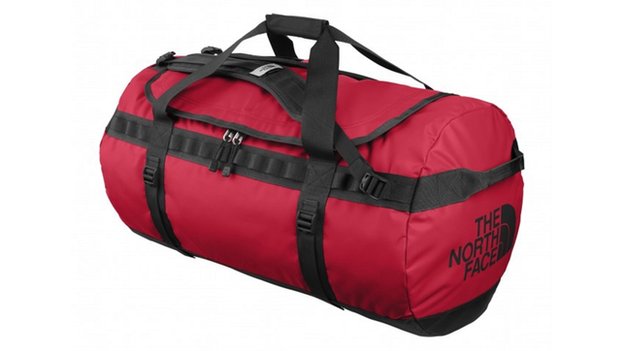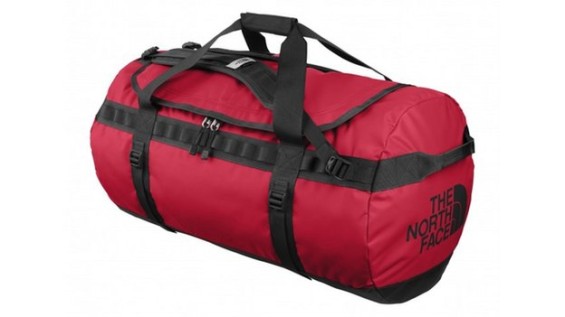The tragic case of MI6 spy Gareth Williams has caught the public’s attention again this week. Police found his body padlocked inside a sports bag placed in a bath in his flat.
After his death in 2010, the coroner has pointed the finger at third parties including Williams’ fellow spooks. Pathologists said he would have suffocated within three minutes if he had been alive when he got inside it. “Even Harry Houdini wouldn’t have managed it” said one “closed space expert” (no, us neither).
Despite all this, the police announced on Monday that his death as “probably an accident“. We here at This Is Cabaret like to keep an open mind about all things so we asked London escapologist, writer and actor Edwin Flay if the men in blue’s position was in any way feasible.
Although based on pure speculation and without any detailed knowledge of the bag or having tried any of the below, his response is surprisingly informative one. As far as we know, none of what Flay says contradicts the circumstances of Williams’ death and could provide new insights into just how the unfortunate spy may have got into – and, crucially, out of – the bag in which he was found.
It should be possible to get into a bag and padlock it shut afterwards, but much of this depends on a number of factors. These include the fabric of the bag, the eyelets on the zips and the gauge of the padlock hasp. Here’s one way that it may be possible.
Once inside the bag, hoop the open padlock through one zip eyelet and draw it closed from the inside. Once the two zips are brought together, if the bag’s material is flimsy enough to allow you to hold the padlock hasp and the second zip steady from inside it, it should be possible to hook the hasp through the second zip’s eyelet and close the padlock with a few minutes’ work. Inevitably, one’s own flexibility, the capacity, shape and design of the bag all play a part.
As for getting out again? The zips would need to be forced apart sufficiently wide to poke a pick or two through the gap, and again, the fabric would have to be flimsy enough to enable you to take hold of the pick(s) through the bag, and then guide them by feel into the padlock’s keyhole. From there on, you’d want to know exactly how the padlock feels to pick, or you’d soon find yourself in trouble – your air will be very limited, your room for movement within the bag will likely be very slim, and you might start to panic if it doesn’t spring open the way you’d expect.
An alternative exit strategy would be to use padlock shims. If you could find a way to get one of those out of the gap, they might make the escape quite easy as the padlock would be arranged roughly how you’d want it in order to shim it. Big if, though, and I’ve never found padlock shims – my home-made ones, at least – to be hugely reliable.
If it were a routine I was practising, I would sew in a small pocket with a scalpel blade or craft knife inside where I could reach it easily when incarcerated. That way, if everything went wrong, I’d be able to slice my way out of the bag. It’s a shame to have to destroy your props, but more of a shame to asphyxiate in a bag in your bathtub.
More about Edwin Flay can be found on his official website.




Recent Comments